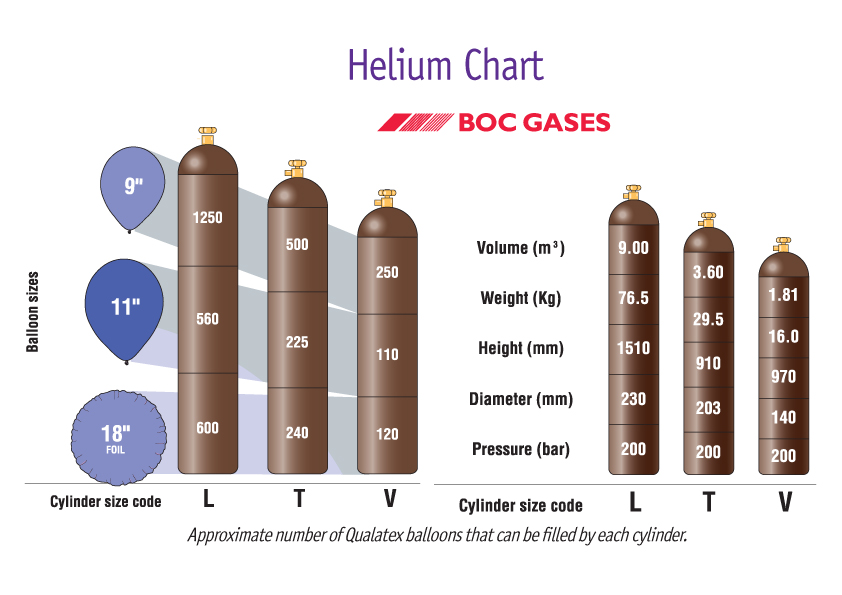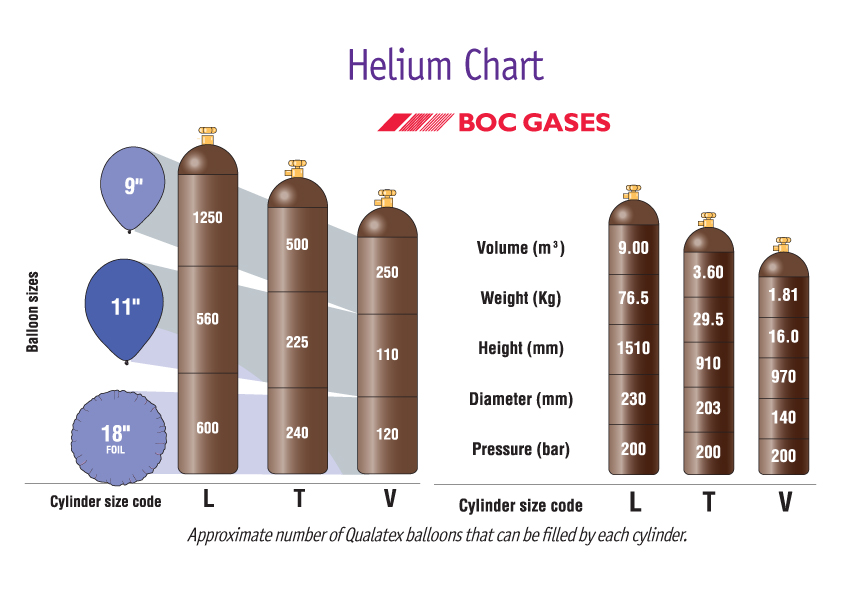Alright folks, gather ’round, ’cause today I’m gonna share a little something I’ve been fiddling with. It all started the other day, I was at a kid’s birthday party, and there were these helium balloons everywhere. You know how they just float up? And I got to thinking, just how much does that stuff, helium, actually weigh? Or rather, how little does it weigh?

My Little Investigation Kick-Off
So, I got home, and this question was still bugging me. It’s not like you can just scoop up some helium and plop it on a kitchen scale, right? That stuff’s lighter than air, it’ll just float away! So, I had to think about it differently. It’s more about how much it can lift rather than its own dead weight, if that makes sense.
I started imagining, okay, let’s say I have a box, a perfect cube, one foot on each side. If I filled that box with helium, how heavy would that helium be? I did some digging, well, more like some mental gymnastics and a bit of remembering stuff from way back when. It turns out, that one cubic foot of helium, it barely weighs anything! We’re talking something like 0.0114 pounds. That’s next to nothing!
But Wait, There’s More to It!
Now, here’s the tricky part I realized. It’s not just about the helium’s weight. When that balloon, or my imaginary box of helium, is sitting there in the air, the air around it is actually pushing up on it. It’s called buoyancy, I think. Just like how a boat floats on water because the water pushes it up.
So, that one cubic foot of helium is taking up space, and the air it pushed out of the way, that air has weight. And guess what? That same one cubic foot of air weighs around 0.0807 pounds. See where I’m going with this?
The helium in the box weighs a tiny 0.0114 pounds, pulling it down. But the air it displaced would have weighed 0.0807 pounds, so the air is pushing up with that much force. The difference is how much “lift” you get. So, for every cubic foot, helium can effectively lift about 0.0807 minus 0.0114 pounds. That’s what makes the balloons go up!

So, How Many Balloons to Lift, Say, Me? (Just Kidding… Mostly)
Then I got to thinking about those standard party balloons. How much can one of those actually lift? This was less about precise measurement in my kitchen and more about a practical estimation. I figured, after a bit of thinking and relating it to what I’d just worked out, that a typical party balloon, you know, the latex kind, can probably lift a small amount. I saw some folks online talking about it, and it seems like one of those things can lift around 0.1494 kilograms. That’s not a whole lot on its own, but it’s not zero either!
Let’s make it practical. Say I wanted to lift something that weighs 1 kilogram (that’s about 2.2 pounds, for those of us who think that way). If one balloon lifts 0.1494 kg, then I’d need to divide 1 kg by 0.1494 kg/balloon. My calculator (okay, the one on my phone) says that’s about 6 or 7 balloons. Not too bad!
- Helium itself in a cubic foot: Super light, around 0.0114 pounds.
- Air pushed aside by that cubic foot: Heavier, about 0.0807 pounds.
- Result: Helium floats!
- A standard party balloon: Lifts a little bit, maybe around 0.1494 kg.
So there you have it. Helium is incredibly light, and it’s all about displacing the heavier air around it. It’s pretty cool when you break it down. It’s not magic, just physics, but it still feels a bit magical watching those balloons soar. Anyway, that was my little adventure in figuring out the weight of helium. Hope you found it interesting!
